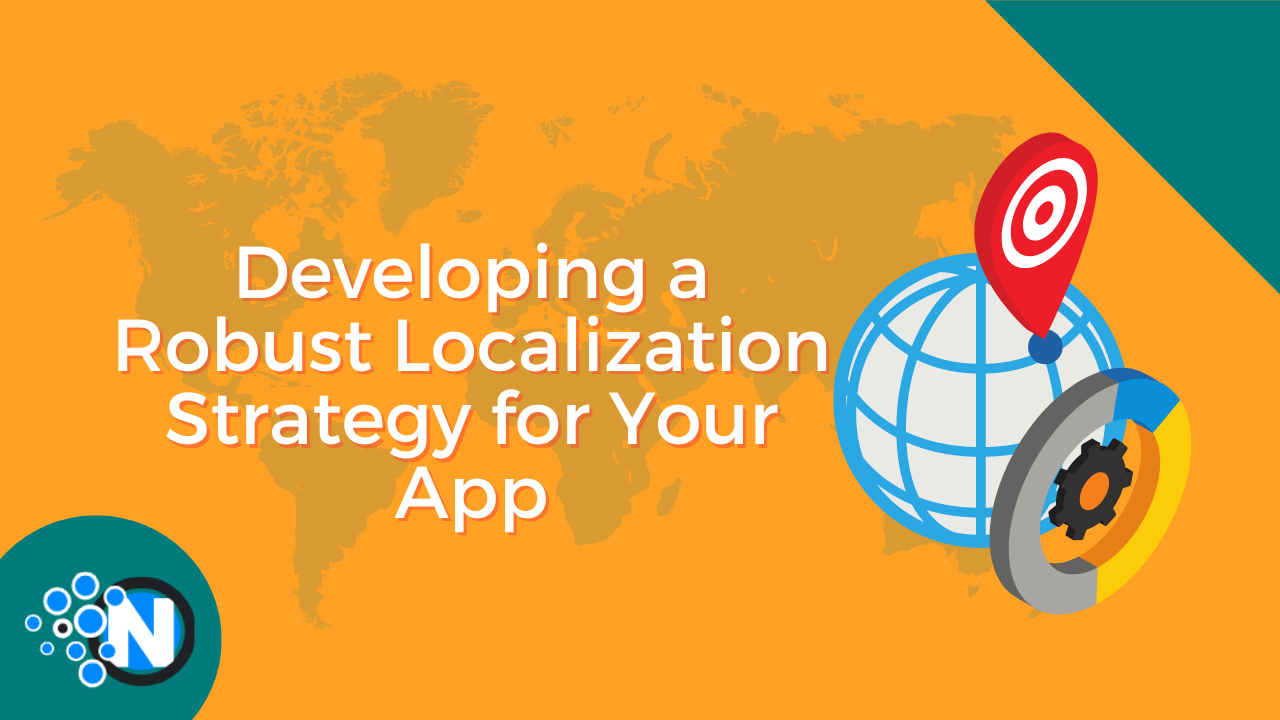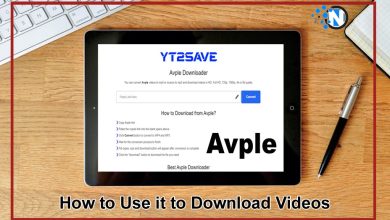Global Success – Developing a Robust Localization Strategy for Your App

In today’s interconnected world, app developers can reach audiences beyond their local markets. One of the critical aspects of expanding an app’s reach is localization, which involves adapting an app to different languages, regions, and cultures. A well-planned localization strategy can help ensure your app resonates with users across the globe, maximizing its potential for success.
This article will provide a comprehensive guide for app developers developing a robust localization strategy, covering its importance, key considerations, and best practices.
The Importance of a Localization Strategy
A well-executed localization strategy can have several benefits for app developers:
- Expanded Market Reach: Localizing your app allows you to tap into new markets, increasing your potential user base and revenue.
- Enhanced User Experience: Localization ensures that your app is tailored to the preferences and expectations of users in different regions, resulting in a more personalized and enjoyable user experience.
- Competitive Edge: By offering a localized app, you can gain an advantage over competitors who have not yet adapted their apps for different markets.
- Improved App Store Rankings: App stores, such as Apple’s App Store and Google Play, consider localization when ranking apps, meaning that a well-localized app can improve your visibility and discoverability in global markets.
Key Considerations for Localization
To create an effective localization strategy, app developers must consider several factors:
- Target Markets: Begin by identifying the markets you want to target with your app. This decision will be based on factors such as market size, growth potential, and your app’s relevance to the target audience.
- Language Support: Determine which languages to support based on your target markets. This may involve researching each region’s most widely spoken languages and considering the linguistic diversity within each market.
- Cultural Adaptation: Beyond language translation, localization should also involve adapting your app’s content, imagery, and design to suit the cultural nuances of each market. This may include modifying icons, colors, and other visual elements to ensure they are culturally appropriate and resonate with users.
- Technical Considerations: Be prepared to adapt your app’s code to accommodate different currencies, date formats, and measurement units. Additionally, ensure that your app supports right-to-left languages, if applicable.
Best Practices for App Localization
Following these best practices can help app developers create a successful localization strategy:
- Plan Ahead: Incorporate localization into your app development process from the beginning. This can help you avoid potential issues and save time and resources down the line.
- Collaborate with Local Experts: Work with native speakers or localization experts, such as Centus localization services, who deeply understand the target culture and language. This can help ensure accurate translations and culturally appropriate adaptations.
- Prioritize Quality: Do not compromise on the quality of your translations and localization efforts. Poor translations can lead to a negative user experience and may harm your app’s reputation in the target market.
- Test Thoroughly: Conduct thorough testing of your localized app, including functional, linguistic, and cultural testing. This will help identify any issues or inconsistencies that may need to be addressed before launching your app in a new market.
- Continuous Improvement: Localization is an ongoing process. Regularly update your app based on user feedback, market trends, and new language requirements to ensure your app remains relevant and engaging for users in different regions.
Monitoring and Adapting Your Localization Strategy
Once your app has been localized and launched in your target markets, monitoring its performance and user feedback is essential. This can help you identify areas for improvement and make necessary adjustments to your localization strategy.
Use app analytics to track key performance indicators (KPIs) such as downloads, user engagement, and revenue in each market. Additionally, pay close attention to user reviews and feedback, as they can provide valuable insights into the effectiveness of your localization efforts, including successful localization strategy examples that have worked well or areas that may need further refinement. By actively monitoring and analyzing this data, you can make data-driven decisions to refine and optimize your localization strategy, ensuring continued success in your target markets.

Expanding Further: Incorporating Internationalization
As your app gains traction in various markets, you may consider incorporating internationalization into your development process. Internationalization, often abbreviated as i18n, involves designing your app’s architecture and codebase to simplify the process of adding support for new languages and regions.
Some best practices for internationalizing your app include:
- Separating Localizable Content: Keep text strings, images, and other localizable content separate from your app’s source code, making it easier to add or modify translations without altering the code.
- Flexible Layouts: Design your app’s user interface with flexibility in mind, accommodating different text lengths, font sizes, and orientations to ensure a seamless user experience across different languages and devices.
- Locale-aware APIs: Use locale-aware APIs to handle date, time, number, and currency formatting, ensuring that your app displays information correctly for users in different regions.
- Plan for Pluralization: Different languages have different rules for pluralization. Design your app to handle plural forms correctly, avoiding awkward translations and improving the overall user experience.
Developing a robust localization strategy is essential for app developers looking to expand their reach and achieve global success. By considering key factors such as target markets, language support, cultural adaptation, and technical considerations, developers can create an effective localization plan that ensures their app resonates with users across various regions.
Incorporating best practices for app localization, including planning ahead, collaborating with local experts, prioritizing quality, thorough testing, and continuous improvement, will significantly enhance the user experience and help you gain a competitive edge in international markets.
As your app grows in popularity, consider integrating internationalization into your development process, further streamlining the localization process and simplifying the addition of new languages and regions. By actively monitoring your app’s performance and adapting your localization strategy accordingly, you can continue to refine your approach and maximize your app’s global potential.
A well-executed localization strategy can be a game-changer for app developers, unlocking new markets and revenue streams while providing users a personalized and enjoyable experience worldwide. Embrace the challenges and opportunities of localization, and watch your app flourish globally.




